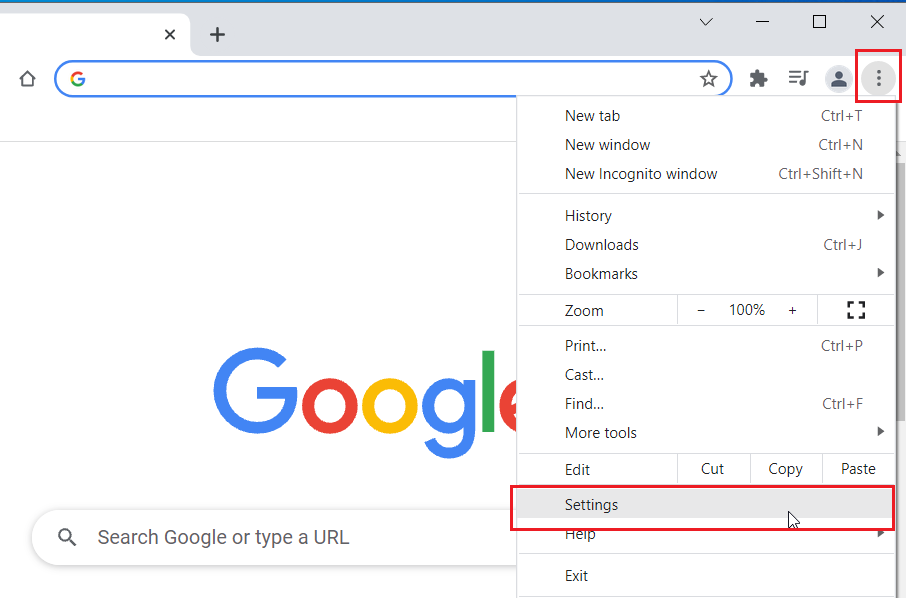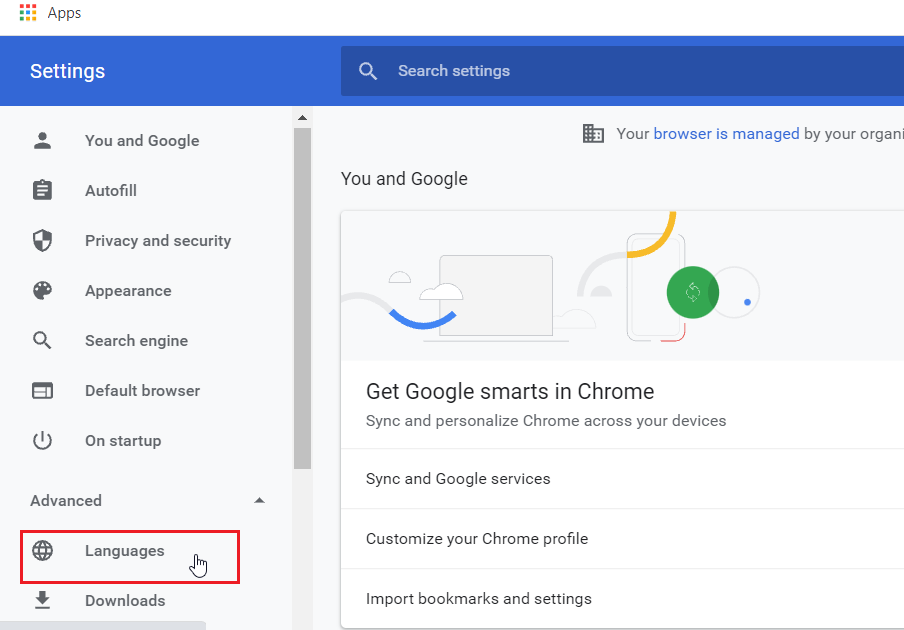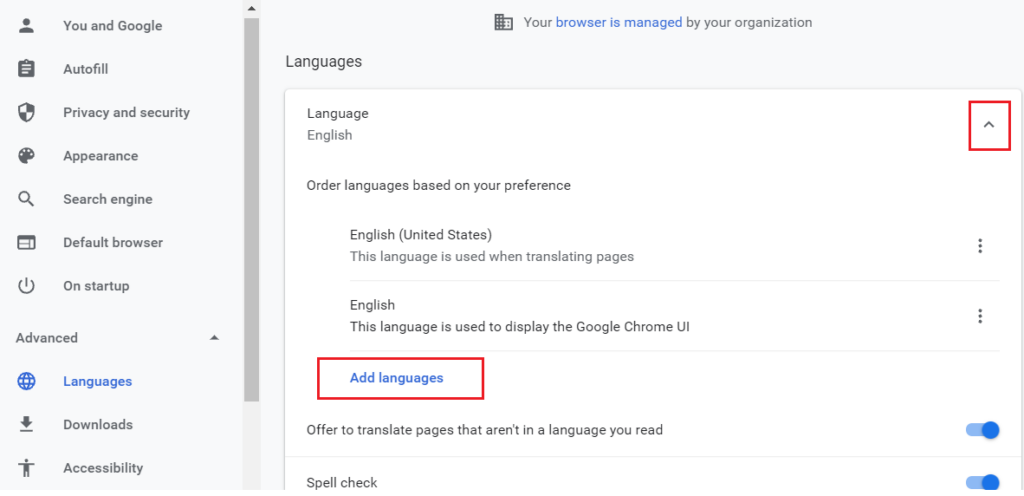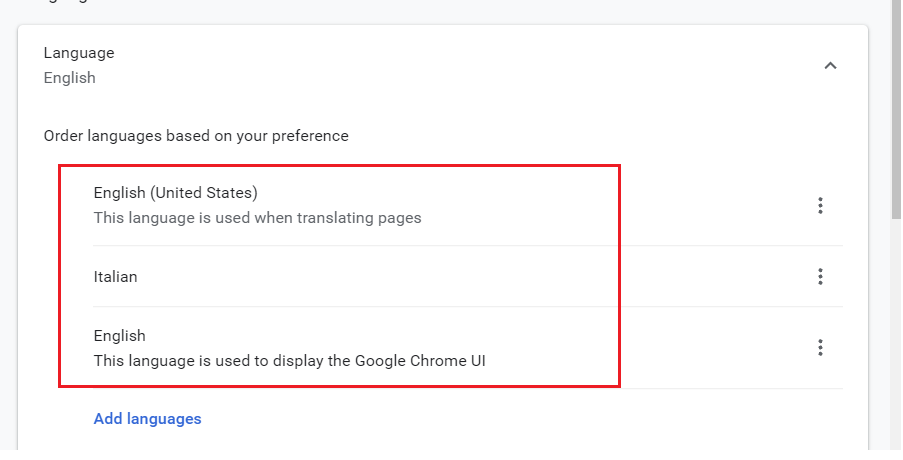This post shows students and new users the steps to a secondary language when using the Google Chrome web browser. When you normally read and write in a particular language, you can add your preferred language to Chrome and make it your default language or switch between multiple languages when needed.
Adding a language in Chrome is pretty straightforward and easy. However, not everyone is comfortable doing it. We show you how to do it below. When adding a secondary language, Chrome will not ask you to translate when you visit a web page written in that language. It will be displayed in its native version.
This should work on all Chrome browsers installed on any operating system, including Windows, MacOS, and Linux systems.
Chrome, Edge and other browsers automatically request to translate web pages written in a language other than the default language chosen in the browser. In some cases, this will not work. In that case, you can manually choose the secondary language preference for translating.
To start adding a secondary language in Chrome, follow the steps below.
How to add a secondary language in the Google Chrome browser
To change or add a secondary language in the Chrome web browser, click the click on the three points (ellipse) on the right side of the Chrome browser, click Settings.

On the Chrome settings page, expand Advanced option and select Languages in the menu on the left.

In the right pane area, click the downward-pointing caret to display a list of available languages. From there, click Add languages to add additional languages.
When the pop-up window opens, find the language you want to add or scroll down the list and select the languages you want to add.

Once the language is added, it should appear in the list of languages added to Chrome.

Once you’re done, restart Chrome for the new changes to take effect. After that, the next time you visit a web page in one of the languages selected above, Chrome will display in its native version without asking you to translate.
You should do that!
Conclusion:
In this tutorial we have seen how to add languages to the Chrome web browser. If you find any bugs or have something to add, please use the comment form below.



